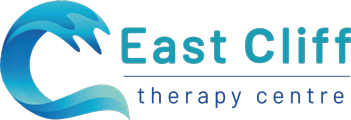Strokes
Strokes affect people in lots of different ways, so it is difficult to compare one Stroke victim to another. However, the way in which they happen is the same: the blood supply to part of your brain is cut off. Symptoms come almost immediately, which can be very frightening for the patient and those around them. Without a supply of blood, your brain cells don’t get enough food and oxygen. The symptoms you get depend on which part of your brain is affected and also if the lack of blood supply is transient (Transient Ischaemic Attack or permanent (Cerebro Vascular Accident).
Doctors may talk to you about where in your brain you’ve had a stroke. A stroke in the front of your brain (the cerebrum) will give different symptoms to a stroke in the base of your brain (in the cerebellum or the brainstem). The two sides of the cerebrum are called the right cerebral hemisphere and the left cerebral hemisphere. They do slightly different jobs:
- The right cerebral hemisphere controls movement on the left side of your body. And it organises complicated movements, such as getting dressed.
- The left cerebral hemisphere controls movement on the right side of your body and controls speaking.
- Your cerebellum helps coordinate your body’s movements.
- The brainstem controls the muscles that move your tongue and voicebox. These are the muscles that allow you to swallow food and to talk. The brainstem also controls your eye muscles.
In the first few days after a Stroke, your symptoms may get worse before they get better. But soon things will start improving and you will be assessed by lots of professionals to help you recover. These are most commonly, a Physiotherapist, Occupational Therapist and a Speech and Language Therapist. There is much to be hopeful about, recovery can be successful and carry on for years after the Stroke – see our section on How Neuro-physiotherapy Works? ,to see how our specialist Neurotherapists can help victims of stroke. Contact Us or call: 01202 296969.
